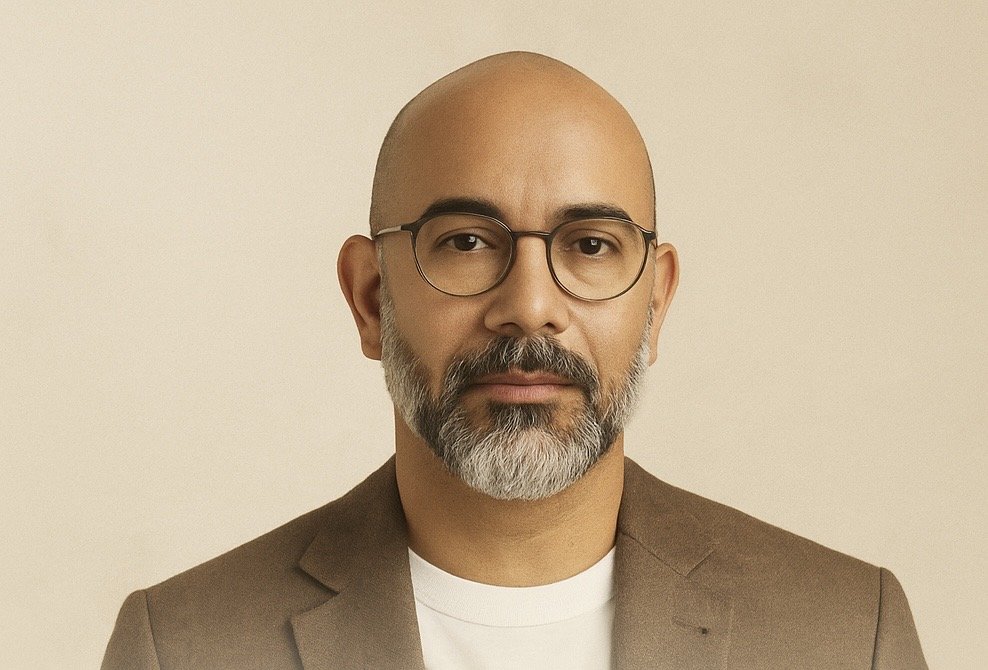Digital Religion and Virtual Faiths: When Belief Migrates Online
- Dr. Wil Rodriguez

- Sep 26
- 3 min read
By Dr. Wil Rodríguez — TOCSIN MAGAZINE

The Sacred Goes Digital
For centuries, religion thrived on rituals bound to place: temples, churches, mosques, synagogues. Faith was anchored in sacred architecture, illuminated by stained glass or resonant with chants. Yet today, the sacred is increasingly streaming.
From AI-generated sermons to virtual churches in the metaverse, religion is migrating online. The digital age is not merely transforming how believers gather—it is reshaping the nature of belief itself. If God once dwelled in houses of stone, what does it mean when divinity can be coded into algorithms, streamed over fiber-optic cables, or rendered in 3D avatars?
The Rise of Virtual Faith Communities
The COVID-19 pandemic accelerated what was already unfolding: congregations moving online. Livestreamed services and Zoom prayer circles became common. But beyond temporary adaptation lies a permanent shift.
Metaverse Churches: Platforms like VRChat and Horizon Worlds now host digital sanctuaries where believers attend mass with avatars, complete with virtual pews and sacraments.
AI Preachers: Software is generating sermons tailored to congregational demographics, synthesizing centuries of theology with real-time cultural trends.
Faith Apps: Meditation apps, Bible study platforms, and AI-powered confession tools offer spiritual guidance on demand, eroding the monopoly of traditional institutions.
The digitalization of religion blurs the line between faith and software. The question is no longer “Can religion go online?” but rather “What happens when faith is mediated by code?”
Ancient Rituals in New Forms
Rituals are the lifeblood of religion. Lighting candles, breaking bread, kneeling in prayer—all create a sense of transcendence through physical presence. Can this translate digitally?
Virtual Communion: Some churches now offer digital bread and wine, blessed in VR and consumed physically at home.
Confession Bots: AI-driven chatbots promise anonymity and guidance, simulating the priestly ear.
Pilgrimages by Proxy: VR tours of Mecca, Jerusalem, and the Vatican allow global access to sacred sites without leaving home.
For some believers, these innovations expand accessibility. For others, they dilute the very essence of the sacred. The tension is palpable: is digital religion a bridge to transcendence or its commodification?
The Theology of Algorithms
Algorithms curate our feeds, recommend what we watch, and even decide who we date. When applied to religion, they risk creating customized faith bubbles: believers exposed only to sermons and scriptures that align with preexisting biases.
This raises theological questions:
If an AI generates a sermon, does it carry divine inspiration—or corporate logic?
If prayer is guided by algorithms, is it still authentic?
If avatars worship together, are they gathered “in spirit,” or merely in simulation?
Theological authority, once mediated by priests and imams, risks being outsourced to coders and data scientists. Faith becomes a product of design.
Power, Profit, and Digital Faith Markets
Where faith migrates, money follows. Tech corporations see spiritual markets as vast untapped economies. Virtual donations, NFT-based religious art, and AI-guided tithing systems create a new economy of belief.
The commodification of spirituality is nothing new—megachurches sell books, relics, and TV subscriptions—but digital platforms intensify the dynamic. When faith becomes an app, it becomes vulnerable to surveillance capitalism, with prayer patterns and spiritual struggles turned into monetizable data.
Political and Social Implications
Digital religion reshapes power dynamics:
Authoritarian Control: States could surveil online worship, monitoring dissent disguised as prayer.
Fragmentation: Customized digital faiths may fracture communities into isolated spiritual tribes.
Empowerment: Marginalized groups excluded from traditional hierarchies can forge new religious expressions online.
As in previous technological revolutions—the printing press, radio, television—the digital migration of faith both liberates and destabilizes.
The Philosophical Crossroads
At stake is not just practice, but the definition of belief itself. Is faith about location, ritual, and community—or about interior conviction, regardless of medium?
For some, digital religion expands access, enabling the disabled, the geographically isolated, or the spiritually curious. For others, it signals a hollowing out of transcendence, a collapse of mystery into mere content.
The 21st century may witness not the end of religion, but its mutation into forms our ancestors could not recognize: virtual liturgies, algorithmic sermons, AI-guided meditations. The sacred is no longer stone and incense—it is pixels and code.
Reflection Box
Reflection: Faith Without Walls
Every era reinvents the sacred. The printing press gave birth to mass literacy and Protestant reform. Radio evangelism reshaped American Christianity. Today, algorithms and avatars are redrawing the boundaries of the holy. The question is not whether digital religion is real—it already is. The question is whether humanity can safeguard the depth of faith when belief itself becomes just another subscription.
Invitation to TOCSIN Readers
At TOCSIN MAGAZINE, we refuse to sanitize the debates shaping our collective future. Faith is not immune to disruption; it is at the heart of it. Will digital religion liberate the spirit, or will it reduce belief to algorithms and markets?
👉 Join us at tocsinmag.com to explore the future of faith, technology, and society—where the sacred meets the silicon.







Comments